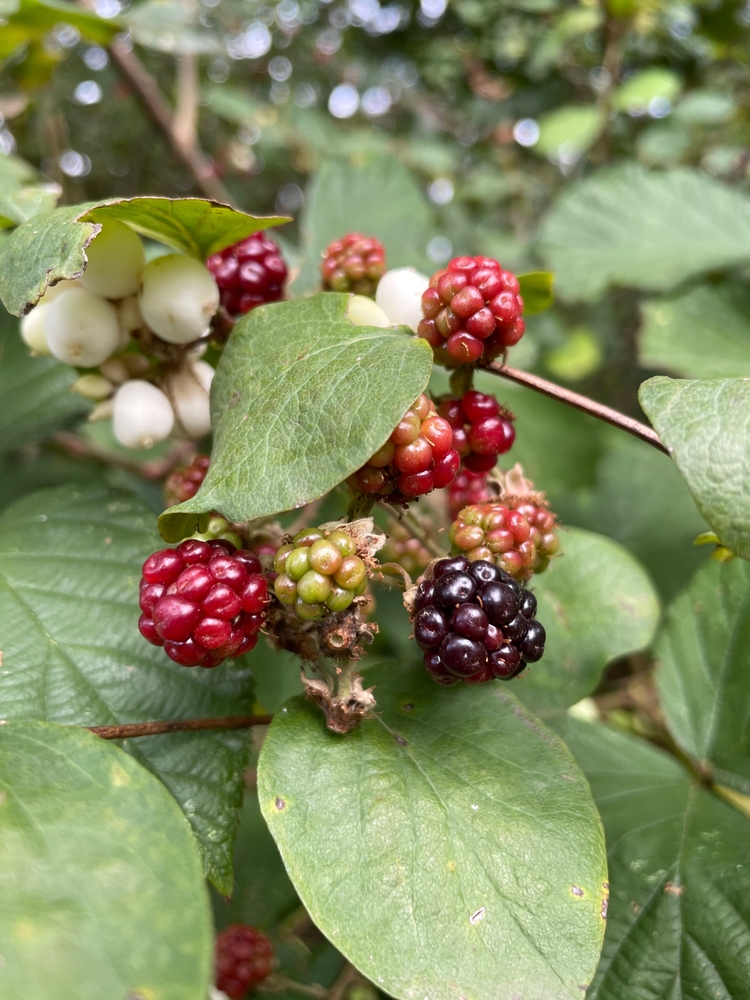Last Updated on February 20, 2023 by admin_hunter
People looking for a solution to create an independent source of lengthy food for their families have been turning to the concept of survival gardening. This trend is expected to continue. So what are the best survival food plans for gardening?
Planting your fresh vegetables and fruit is the best way to ensure that you and the people you care about will have sufficient nutrition to make it through a time when there is a shortage of resources. This article will teach you the best to plant for survival foods.
What makes the best plant for survival foods?
- Plants that are easy to cultivate. Some plants are extremely sensitive, but others are easy to cultivate and spread like weeds. Onions and other vegetables that are easily damaged, like tiny snowflakes, should not be consumed during a survival crisis.
- Plants that are simple to harvest. Choose crops that have harvesting seasons that are longer and more tolerant if you want to increase your chances of success. It would be best if you don’t choose crops that are difficult to harvest, like those that require a great deal of labor that is performed by hand or by specialized machinery. Wheat is an excellent crop for survival, but because it needs to be threshed and ground, most people will find that it requires too much labor to be helpful.
- Plants with a somewhat extended shelf life and easy to store. When it comes to preserving and storing foods, it is important to keep things as straightforward and risk-free as possible, which means avoiding items that come with a greater amount of burdens. If you are in a survival or challenging moment that requires you to rely on this survival food, for instance, this indicates that you will most likely want your crop to be able to sustain you for at least a few months all the way through the colder months. You may not have access to a refrigerator, the capacity to freeze or canned food for preservation, and other facilities necessary for food storage.
Top 8 Best Survival Foods to Plant
Here is a list of the best to plant for survival foods:
- Beans have a lot of nutrients packed into a small amount of material. They can also be grown as a pole or a bush, so there are different ways to grow them. The beans are full of protein, and the kinds with pods that can be eaten are awesome.
- Potatoes have been able to make it through periods of severe hunger because of potatoes. This carbohydrate root crop is so simple to cultivate is a significant advantage. Growing potatoes is simple, even in an urban environment. Crop bags or simple containers with a capacity of five gallons each should be used to cultivate your potatoes. When the tips turn yellow and die off, you will discover your container that is full to the brim with delectable roots that are harvestable. Potatoes are also loaded with an excellent source of starch, sugar, potassium, carbohydrates, vitamin B6 and C.
- Tomatoes, a widely consumed fruit, may be involved in many dishes, varying from stews and soups to the sauces that top your fried egg. They should also be included in the survivalist garden you have created. These plants have a high yield, are simple to cultivate and develop on the vine, and, most importantly, have a buttery texture whether eaten fresh or stored.
- Carrots – There’s a good reason why most vegetable mixes include them. Your garden efforts will be greatly enhanced by adding carrots. You can expect to see the entire range of colors and enjoy a taste that is both crispy and sweet and works in both daily diets. These are full of antioxidants and beneficial nutrients and minerals for sustaining healthy eyesight, and some people even believe they are the most acceptable option for physical health.
- Garlic –In addition to being an essential seasoning ingredient, garlic is also widely used as a natural pest repellent in the garden. After it has been dried, it will be easily stored, and you may incorporate it into your survivalist inventory in various ways. You will come to agree with me that it is among the most necessary plants to cultivate.
- Cucumbers – Cucumbers are an essential component of many dishes. Gardening enthusiasts would likely conclude: Cucumbers produce an abundant quantity of food with very little labor. Cucumbers are an essential component of any survival garden. They are delicious when consumed fresh. You won’t be stuck, whether you prefer your cucumbers sweeter or sour.
- Melons are an essential component of a proper summery meal. From the end of spring until the beginning of fall, gardening is the perfect environment for growing a wide variety of melons, including cantaloupes, honeydews, and watermelons. These plants produce an incredible amount of fruit, and the harvest is well worth the effort. Just keep in mind that freezing causes most melons to lose their desirable texture, and after they have been frozen, they can only be used to make purees. Dehydrating these chunks of melon will help them last longer. The peel of watermelon can also be used to produce a tasty pickled.
- Sweet Potatoes are a different crop from regular potatoes. It would be best if you didn’t get them confused with each other. However, although they are high in calories, they typically contain a greater variety and quantity of nutrients than the standard potato. In addition to this, they have a malty flavor that makes it simple to use them for savory as well as sweet uses in a variety of meals. The fact that the leaves of these potatoes can be eaten is still another way in which they are distinct from traditional potatoes. It is possible to cultivate the roots and leafy greens in a single garden. Even though they grow more slowly than some other plants, the investment of time and labor will be worth your time.
Conclusion
Even though there are a significant number of other foods that you could add to your survival garden, the fact that you are planning to grow plants, even just the eight crops that are on the list of best to plant for survival foods, will ensure that your family feels excellent, active, and healthy through any emergency that involves a shortage of resources. I hope this helps you a lot. Enjoy gardening!

